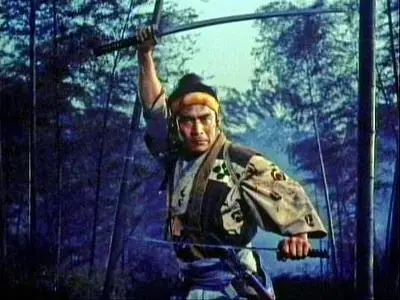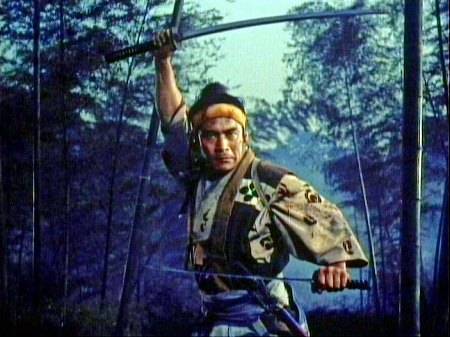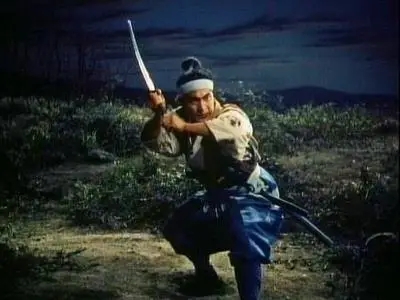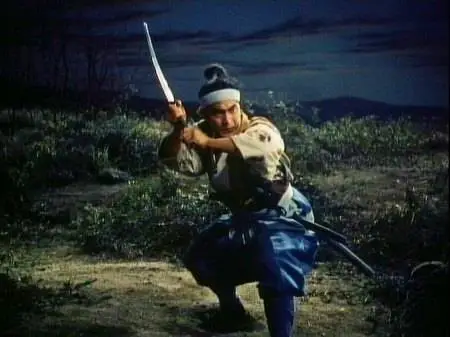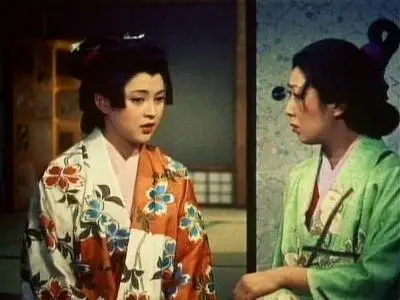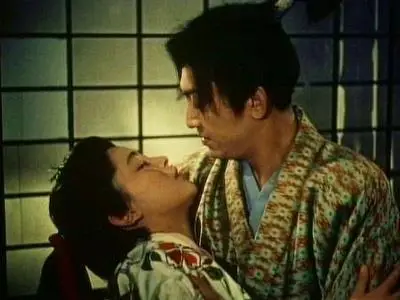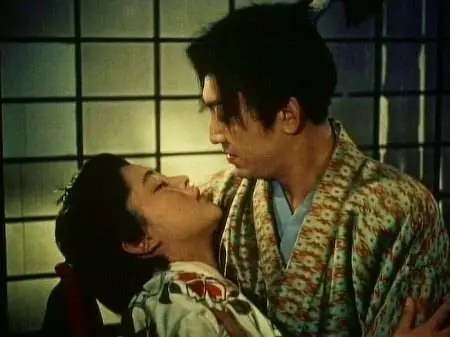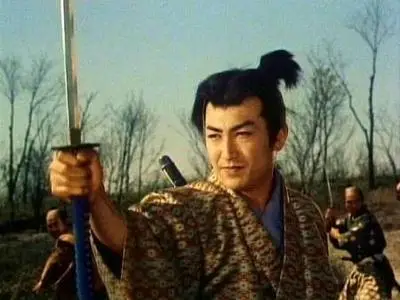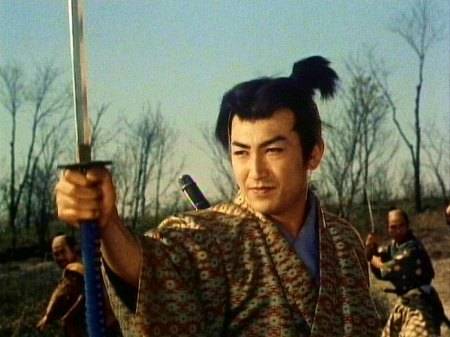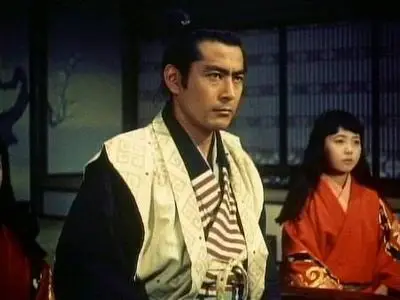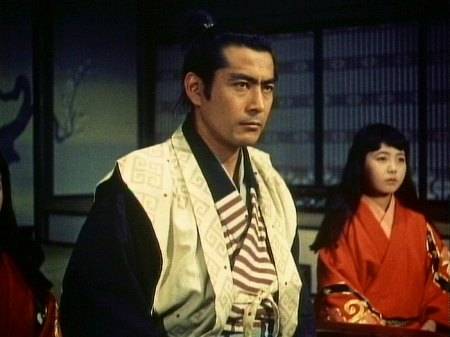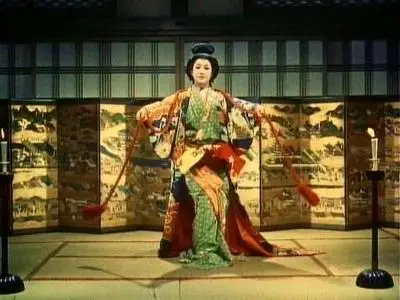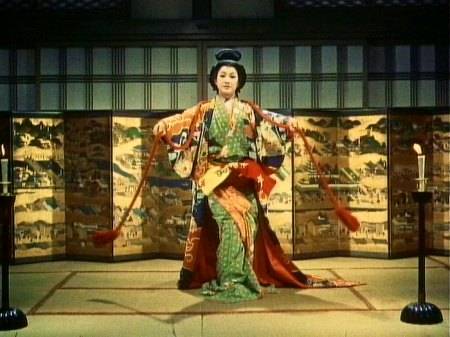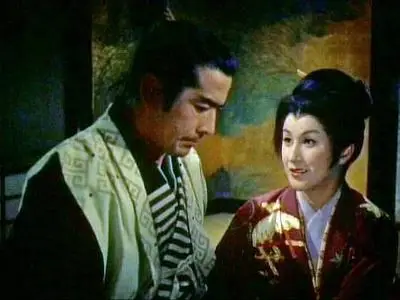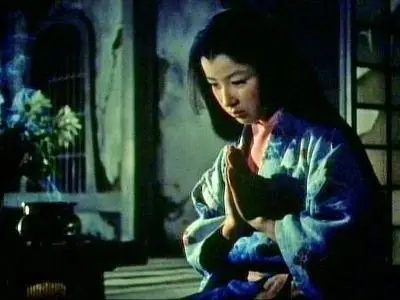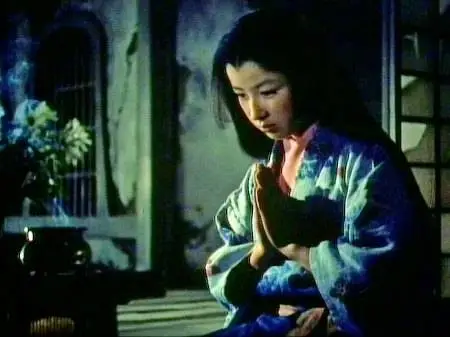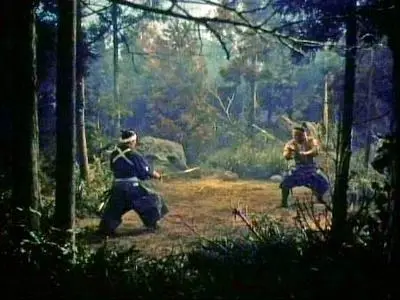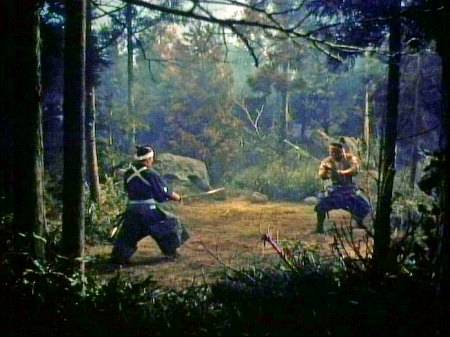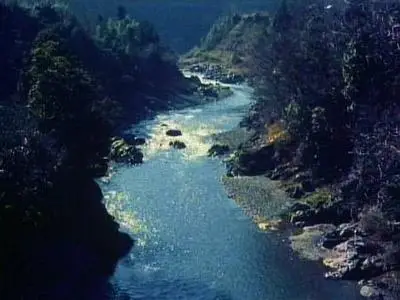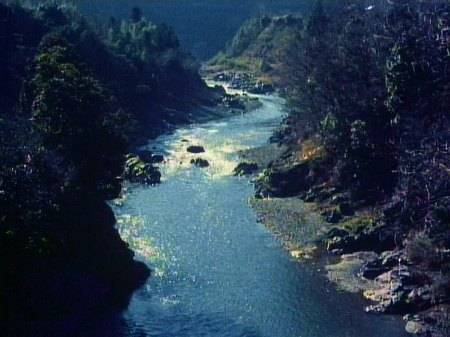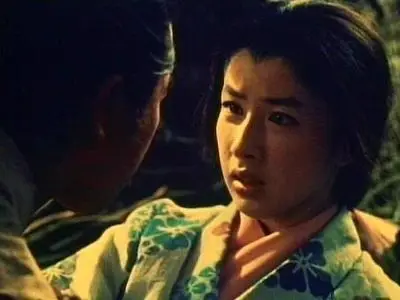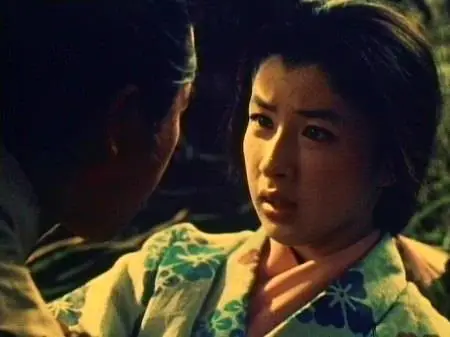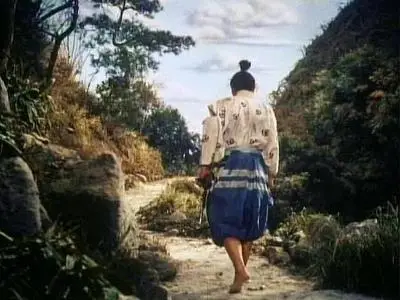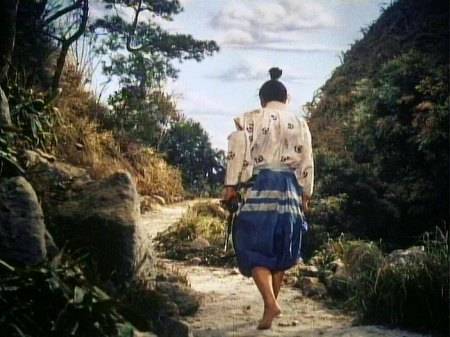Hiroshi Inagaki-Zoku Miyamoto Musashi : Ichijôji no kettô ('Samurai-2 : Duel at Ichijoji Temple') (1955)
730.4 MB | 1:43:54 | Japanese with Eng.+Tur. s/t | XviD, 870 Kb/s | 512x384
730.4 MB | 1:43:54 | Japanese with Eng.+Tur. s/t | XviD, 870 Kb/s | 512x384
Hiroshi Inagaki's acclaimed Samurai Trilogy is based on the novel that has been called Japan's Gone with the Wind. This sweeping saga of the legendary seventeenth-century samurai Musashi Miyamoto (powerfully portrayed by Toshiro Mifune) plays out against the turmoil of a devastating civil war. The Trilogy (whose first part won an Academy Award®) follows Musashi's odyssey from unruly youth to enlightened warrior. In the second and most violent installment, Duel at Ichijoji Temple, Musashi beats a samurai armed with a chain-and-sickle and is later set upon by eighty samurai disciples—orchestrated by the sinister Kojiro—while the two women who love him watch helplessly. Criterion
After years on the road establishing his reputation as Japan's greatest fencer, Takezo returns to Kyoto. Otsu waits for him, yet he has come not for her but to challenge the leader of the region's finest school of fencing. To prove his valor and skill, he walks deliberately into ambushes set up by the school's followers. While Otsu waits, Akemi also seeks him, expressing her desires directly. Meanwhile, Takezo is observed by Sasaki Kojiro, a brilliant young fighter, confident he can dethrone Takezo. After leaving Kyoto in triumph, Takezo declares his love for Otsu, but in a way that dishonors her and shames him. Once again, he leaves alone. (http://imdb.com/title/tt0048579/plotsummary)
Picking up where Samurai I left off, Toshirô Mifune's samurai in training Musashi Miyamoto is a wandering swordsman who hones his skills in a succession of duels. When he defeats a succession of students from a local school of martial arts, he becomes marked for death by the school elders and is attacked in a series of cowardly ambushes. Romantic threads from the first film become further complicated when the virginal Otsu (Kaoru Yachigusa) and the sad courtesan Akemi (Mariko Okada) meet and discover their rivalry and Musashi earns himself an archenemy, an ambitious young swordsman named Sasaki Kojiro (Koji Tsuruta) who vows to defeat Musashi to make his name as the finest fencer in all of Japan. (–Sean Axmaker - Editorial Reviews - Amazon.com)
Inagaki ably manages the rather complicated plot with unexpected ease (subtitles are employed to help English viewers make a few narrative jumps) while he charts Musashi's education in compassion and humility and his internal struggle with his conflicted love for Otsu. The direction is still as distant and unostentatious as in the first film, while the color and settings become richer and more pronounced: studio-bound locations take on the quality and delicacy of paintings. The dramatic centerpiece of the trilogy, an epic pre-dawn battle where 40 swordsmen ambush Musashi, uses darkness and landscape to great dramatic effect as figures seep in and out of the picture. (–Sean Axmaker - Editorial Reviews - Amazon.com)
Rapidshare.com (7 * 100 MB + 30.4 MB)
http://rapidshare.com/files/71859333/HInagaki-S2.part1.rar
http://rapidshare.com/files/71862614/HInagaki-S2.part2.rar
http://rapidshare.com/files/71865600/HInagaki-S2.part3.rar
http://rapidshare.com/files/71868643/HInagaki-S2.part4.rar
http://rapidshare.com/files/71871679/HInagaki-S2.part5.rar
http://rapidshare.com/files/71874894/HInagaki-S2.part6.rar
http://rapidshare.com/files/71878265/HInagaki-S2.part7.rar
http://rapidshare.com/files/71855939/HInagaki-S2.part8.rar
(Password-www.AvaxHome.ru)


